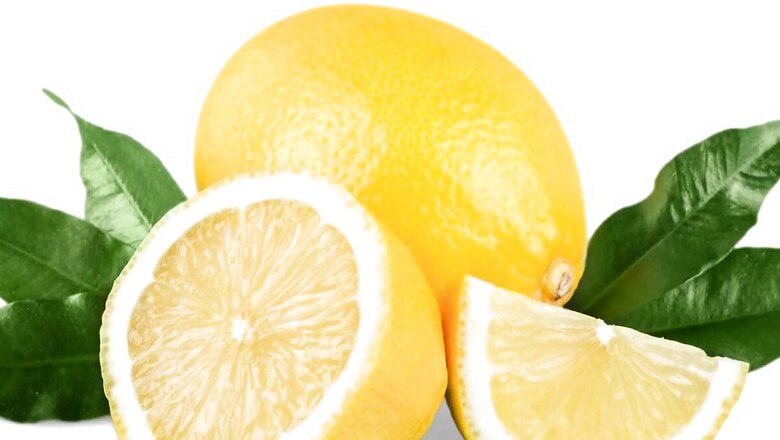
views
Lemon is an essential and a staple ingredient in many households during the summer. Known for their tangy flavours, lemons are rich in vitamin C, which boosts immunity and protects the body against various diseases and infections. People often find it difficult to choose fresh and juicy lemon from the market. They appear juicy and fresh from the outside, but turn out to be dry and hard. Lemon not only enhances the taste of food and drinks, but is also useful for other purposes like for cleaning household items. Here are some tips to help you identify fresh and juicy lemon from the market.
Many times, people buy lemons from the market in a hurry without checking. When you cut it at home, either there is no juice inside it or it is rotten. Whenever you buy a lemon, check the weight of the lemon. Bigger lemons are more likely to be juicier than smaller ones.
When you buy a lemon, press it with your fingers to see whether it is soft or hard. The softer the lemon, the more juice it will have. Keep in mind not to press the lemon too much; otherwise, it may spoil quickly.
Whenever you buy a lemon, look carefully at its upper skin. If the peel of the lemon looks bumpy, then understand that the fruit is not completely ripe. Avoid buying this type of lemon from the market.
By looking at the colour of the lemon, you can identify whether it is worth buying or not. Buy a lemon that looks slightly bright and yellow in colour. A darker yellow indicates a riper and juicier lemon. Avoid small green lemons, as they are usually not ripe and lack juice.
Check for the brown spots while buying. Sometimes brown spots appear on overripe lemons, which are a sign of fungus. When you cut such lemons, they emit a foul smell, which indicates spoilage. Avoid lemons with such spots.
















Comments
0 comment